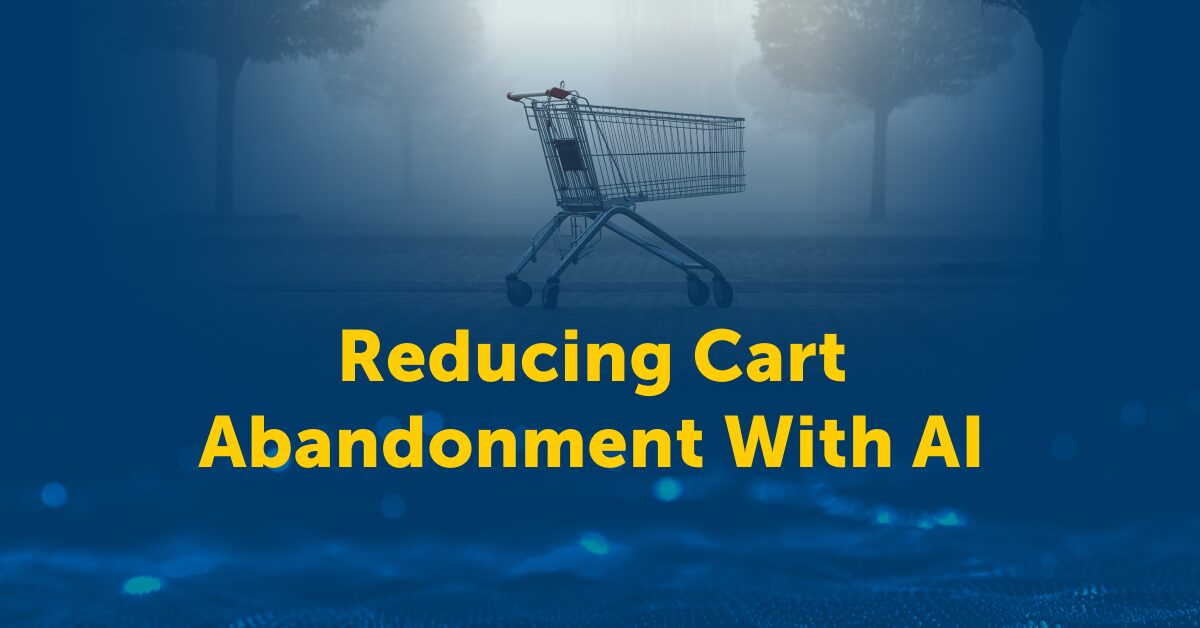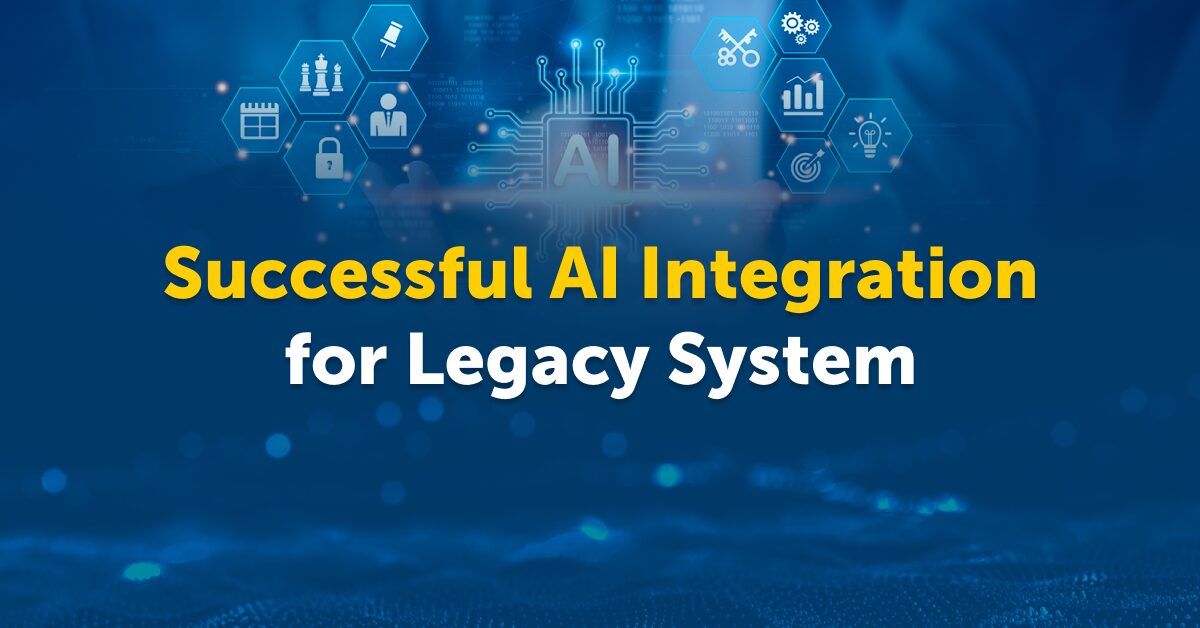Bridging Care Gaps: AI in Hospice and Home Health Services

AI is revolutionizing how we provide care, particularly in hospice and home health services. AI enhance caregiver capabilities by streamlining administrative tasks and fostering a more profound focus on delivering empathetic care. Simultaneously, it contributes to cost containment through increased efficiency and optimized resource utilization, ensuring a sustainable and effective healthcare approach. While AI operates predominantly in the background, momentum is building for it to step onto the front lines, engaging in direct and empathetic patient interactions.
At the heart of this transformation lies the element of trust. In the hospice industry, building trust is essential for gaining the confidence of both caregivers and patients, serving as a cornerstone for the shift towards a more patient-centric and compassionate approach. AI’s transformation from its current back-end functions to a front-end role involving direct patient interactions signifies progress. It leads us towards a future where technology becomes a trusted companion in providing compassionate, personalized care, enhancing the patient experience, and bridging care gaps.
This blog explores how AI is addressing healthcare challenges, its potential for bridging care gaps, and how it can optimize operations and improve the patient experience.
Current Challenges in Hospice and Home Health Services
To understand the transformative role of AI in hospice and home health services, it’s crucial to recognize the challenges affecting these sectors. These challenges represent the gaps AI seeks to bridge:
Financial Challenges: Providing hospice and home health services often involves financial responsibilities due to specialized equipment, skilled personnel, and medication costs. As we aim to make these services more accessible, financial aspects present complex challenges to solve.
- High equipment and infrastructure costs.
- Expenses associated with skilled personnel and specialized training.
- The cost of medications and medical supplies.
- The need for effective financial management and resource allocation.
Operational Challenges: The efficient and seamless operation of hospice and home health services involves many moving parts. Coordinating schedules, managing patient records, and ensuring timely delivery can be daunting. Streamlining these operations while maintaining high-quality care is a delicate balance that healthcare providers must grapple with.
- Scheduling coordination for a mobile healthcare service.
- Managing patient records, information, and history securely.
- Ensuring timely care delivery and monitoring patient progress.
- Maintaining a high standard of care while optimizing operational efficiency.
Care Gaps: The term ‘care gaps’ encompasses various issues impacting patient well-being. It includes cases where patients do not access hospice care when they should, often leading to last-minute, high-stress admissions or overutilizing services due to a lack of guidance. AI can make a difference in these gaps, ensuring patients receive timely, appropriate care and avoiding unnecessary stress and financial burdens.
Click here to explore the how Fusemachines transforms healthcare businesses with its expert AI solutions. To schedule a complimentary consultation today, click here.
Potential Use Cases for AI in the Hospice Industry
1. Mortality and Prognosis Prediction
AI’s advanced analytics can sift through vast amounts of patient data, from medical history to current conditions, to predict patient outcomes. By identifying complications or changes in health status, AI enables hospice providers to create more proactive and personalized care plans. This means caregivers can anticipate and address issues before they escalate.
2. Predicting Cases for Referral to Hospice
AI’s data-driven insights extend to estimating patient life expectancy. This tool assists physicians in making the most appropriate referral decisions, ensuring patients are introduced to hospice care at the right time in their healthcare journey. By doing so, AI optimizes care, enhances patients’ quality of life, and reduces unnecessary hospitalizations.
3. Predicting Length of Stay (PLOS)
AI’s data analysis capabilities are instrumental in accurately predicting a patient’s length of stay in hospice. This information allows providers to allocate resources effectively, ensuring the right level of care is consistently available to all patients. AI optimizes the use of resources and, most importantly, provides the best possible care for those receiving hospice services.
4. Optimizing the Timing and Frequency of Home Visits
AI’s ability to predict when a patient’s final days are nearing through the analysis of Electronic Health Records (EHRs) is nothing short of revolutionary. It ensures that no patient is left without care when needed most, promoting a smooth transition to end-of-life care and minimizing stress for patients and families.
5. Bridging Care Gaps
AI’s role in bridging care gaps is a testament to its potential for improving patient care. By ensuring that patients receive home visits, including on the day of their passing, AI helps maintain consistent care. This enhances the quality of care and provides peace of mind to patients and their families, knowing they’re never alone during their final moments.
6. Predicting Health Episodes
AI’s data analysis capabilities can foresee potential health episodes among hospice patients. By identifying early warning signs, AI enables healthcare providers to intervene, prevent avoidable complications, and provide a higher standard of care to patients in their time of need.
7. Optimizing Operations and Automating Administrative Tasks
AI streamlines healthcare operations and lightens the administrative load. By automating tasks such as appointment scheduling, record-keeping, and paperwork, AI allows staff to focus on patient care, leading to a more efficient and patient-centered environment.
8. Companionship
In moments when caregiving staff cannot be present, AI offers companionship to patients. This goes beyond mere functionality, as AI can engage patients in meaningful interactions, helping to reduce feelings of isolation and enhancing the overall patient experience.
9. Minimizing Compliance Risk
AI supports healthcare providers by ensuring adherence to evolving regulations and standards. By flagging compliance issues, AI helps minimize risk and ensures hospice organizations comply with legal requirements.
10. Assisting in Revenue Cycle Management
AI’s data analysis capabilities extend to revenue cycle management, offering valuable insights that help healthcare providers manage their finances. This leads to enhanced financial stability, enabling providers to deliver high-quality patient care.
Bottom Line
AI in healthcare is not just a technological leap—it’s also a strategic opportunity to revolutionize patient care and drive operational excellence. AI in hospice and home health services offers healthcare organizations a chance to stay at the forefront of innovation, ensuring agility and patient-focus.
We invite you to explore the transformative possibilities of AI with Fusemachines, as your partner in embracing cutting-edge technology.
The future is full of opportunities, and Fusemachines is here to guide you on this exciting journey towards compassionate, efficient, and patient-centric healthcare. Connect with us to take the first step towards AI for your hospice business’s success.
Click here to explore the how Fusemachines transforms healthcare businesses with its expert AI solutions. To schedule a complimentary consultation today, click here.


